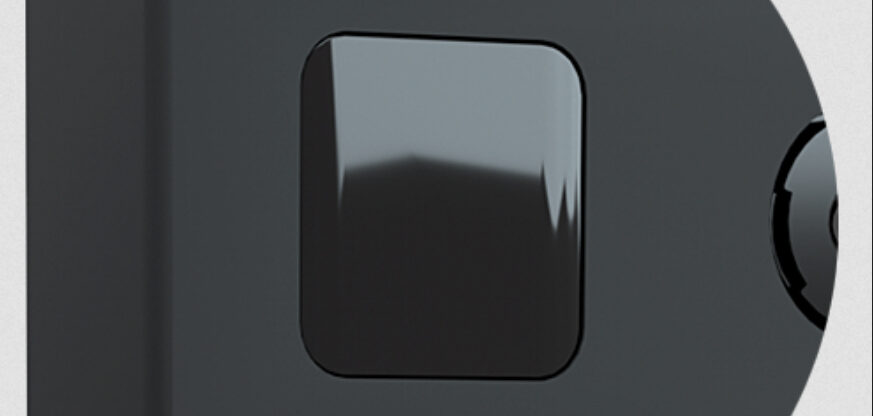PreAct Technologies, an Oregon-based developer of near-field flash lidar technology, says that its T30P flash lidar is the industry’s first sensor designed to be software-definable and integrate easily into a complete autonomous driving system stack for auto makers. Vehicles with software-defined architectures require sensor technology that can support over-the-air updates throughout the life of the vehicle, enabling OEMs to generate ongoing revenue by offering new features and functionality.
“We are excited to bring our software-definable flash lidar to market, furthering the advancement of autonomous mobility across multiple industries,” said Paul Drysch, CEO of PreAct Technologies. “We’ve spent the last three years creating a solution that fulfills the need of software-defined vehicles, providing the most value for Tier 1s and OEMs over the long term by making any ADAS application relevant for the entire life of the vehicle.”
As nearly every OEM is integrating high-performance computing into their vehicle and planning for the future, PreAct says it is committed to working with car makers on future-proofing vehicles by delivering more sophisticated ADAS and safety applications throughout the life of a vehicle.
The company’s lidar architecture is based on modulated waveforms that can be optimized for different applications via over-the-air updates, along with an application stack that resides on the edge. The flexibility of a software-defined lidar enables Tier 1 suppliers and OEMs to package one sensor for multiple use cases; everything from true curb detection and gesture recognition to self-parking and automatic door actuation.
“Near-field automotive sensors have either been low-precision and low-cost, or high-precision and high-cost,” said Ian Riches, VP for the Global Automotive Practice at Strategy Analytics. “By bringing a high-precision, low-cost sensor to market, PreAct is enabling a huge range of safety and convenience features. The software-defined characteristics of the T30P will allow these features to improve during the lifetime of the vehicle, unlocking new revenue streams for auto makers.”
T30P, with a frame rate of 200fps and QVGA resolution, is also said to be the fastest flash lidar on the market, and will be available in July 2022.


